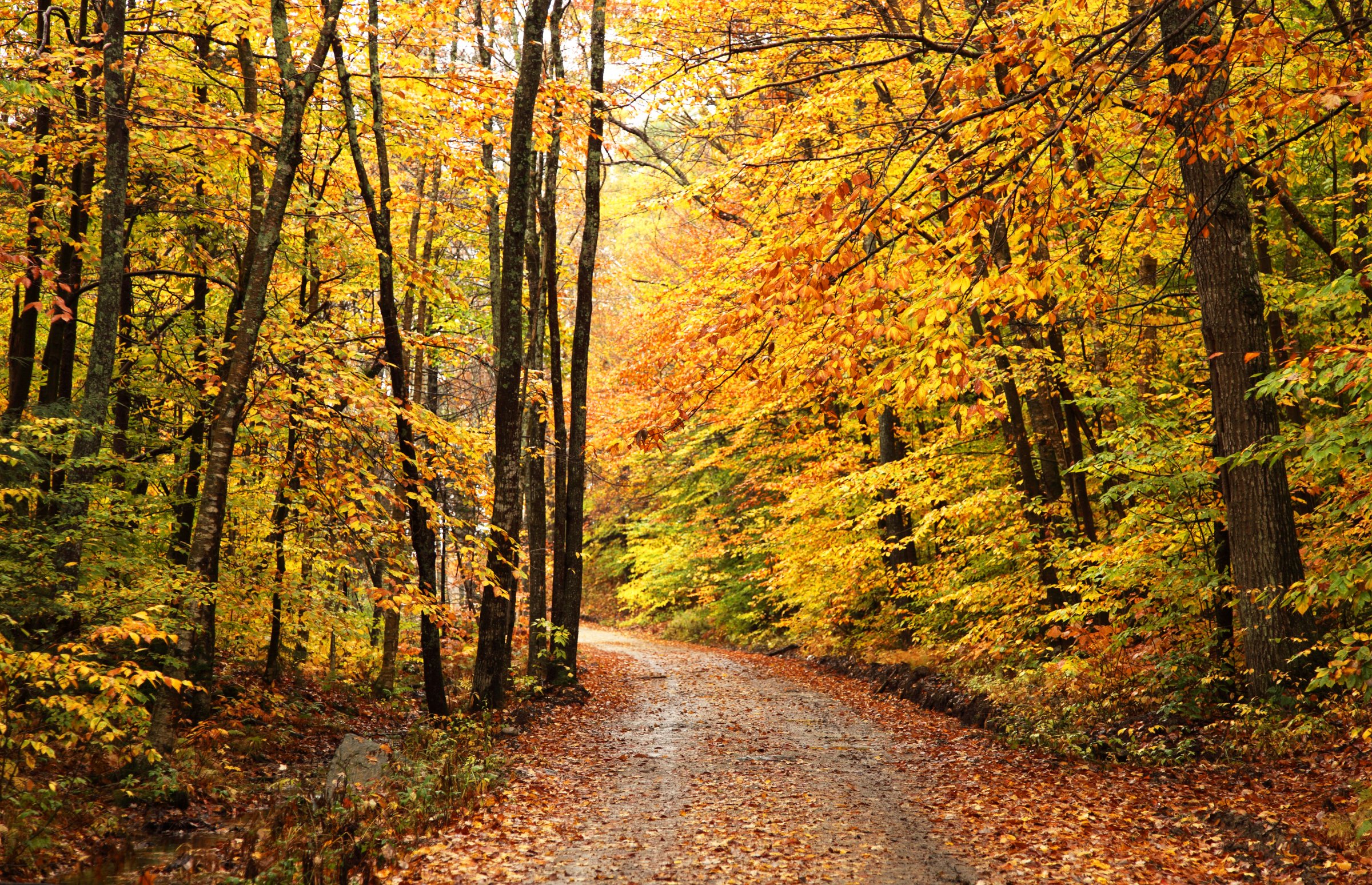
It’s time to bust out your sweaters and boots, friends, because today, Sept. 23, marks the official first day of autumn. Some people love this season for its football, others love it for its lattes — but pretty much everyone loves it for its gorgeous, vibrant colors. (If you don’t love fall for the foliage you’re a monster.)
But have you ever stopped to ask, perhaps while enjoying some cider in a leafy meadow dotted with yellow, orange and red, why the leaves change color every year? Back in October, 1941, TIME explained the science behind this annual metamorphosis. And, naturally, the anonymous writer did so in the most science-y way possible — with a poem:

In other words, as summer comes to a close, trees lose their green color as their chlorophyll breaks down. Once the chlorophyll disappears, other substances like carotene and xanthophyll — which have been present all along but masked by the green of summertime — begin to show. “Red appears in maples, sumacs and some other plants when slowdown of the trees’ physiological processes prevents carrying away of the sugars (made with the aid of the fading chlorophyll out of air, water and light) from the leaves,” the article continues. “These sugars turn into a class of glucosides called anthocyanins, which are bright red and purple pigments. Anthocyanins develop best where 1) soil is acid. 2) nitrates are scarce, 3) light is abundant. Thus the light-bathed tips of maple leaves and the sunny sides of apples are reddest.”
But of course, all good things must come to an end. Here’s what happens as those lovely hues begin to fade:
By late autumn, the yellow and red pigments, following the green, disintegrate in the leaves. This final unmasking reveals the dull brown tannins, which are chemically so stable that they remain till the leaf rots to powder. Unlike flower pigments, which have the vital function of attracting pollen-spreading insects and birds, autumn’s colorful foliage is just a meaningless, glorious show.
So next time you’re strolling through the park with your friends on a crisp autumn afternoon and somebody comments on the colors, hit them with some science to explain the phenomenon. Surely they’ll be so impressed they’ll buy you a pumpkin spice latte, or at least some pumpkin spice Oreos.
More Must-Reads from TIME
- Donald Trump Is TIME's 2024 Person of the Year
- Why We Chose Trump as Person of the Year
- Is Intermittent Fasting Good or Bad for You?
- The 100 Must-Read Books of 2024
- The 20 Best Christmas TV Episodes
- Column: If Optimism Feels Ridiculous Now, Try Hope
- The Future of Climate Action Is Trade Policy
- Merle Bombardieri Is Helping People Make the Baby Decision
Contact us at letters@time.com